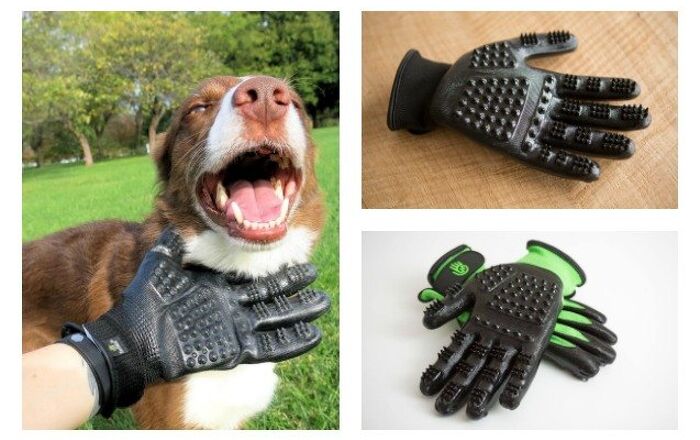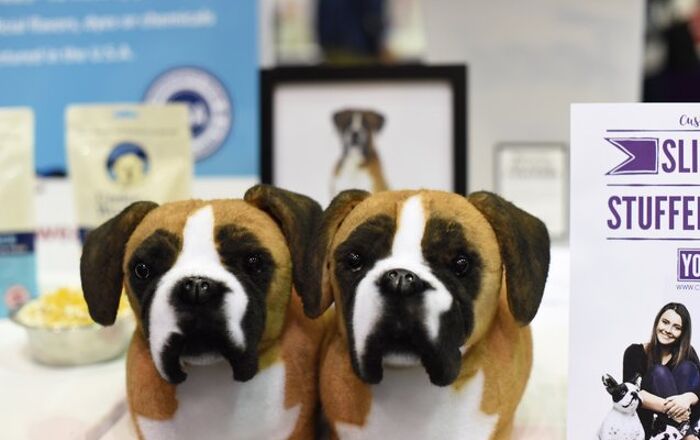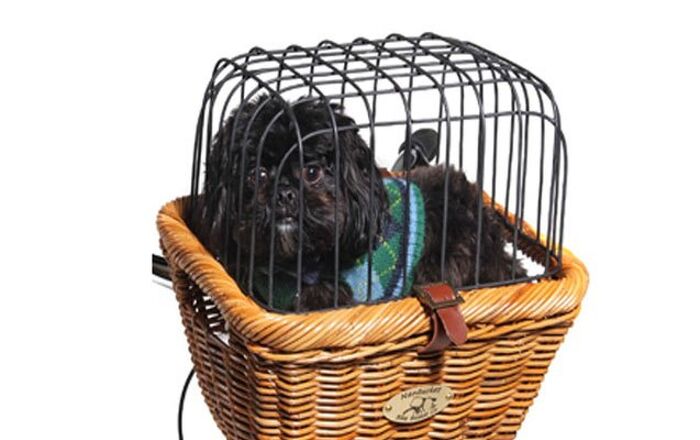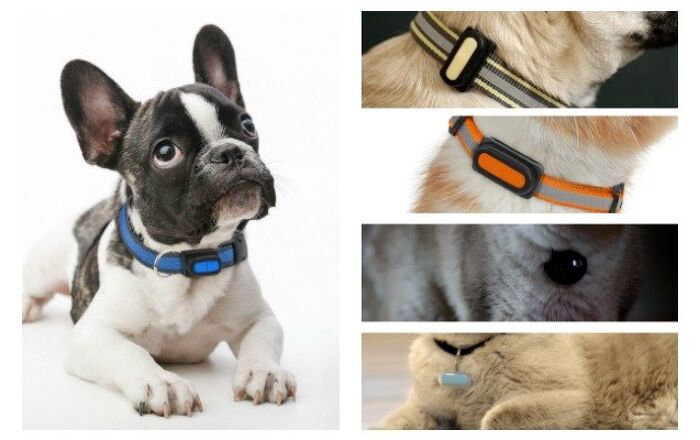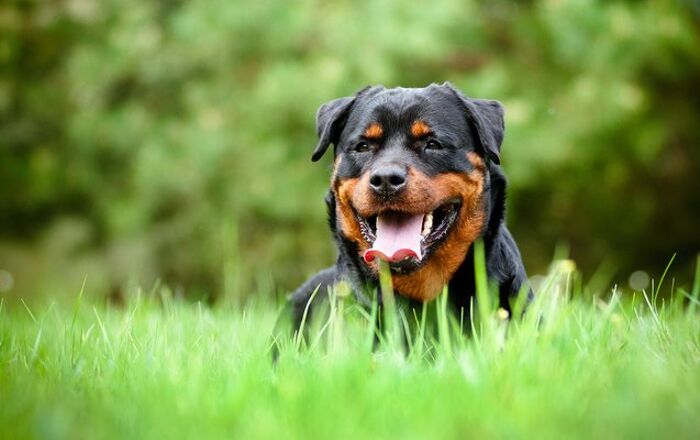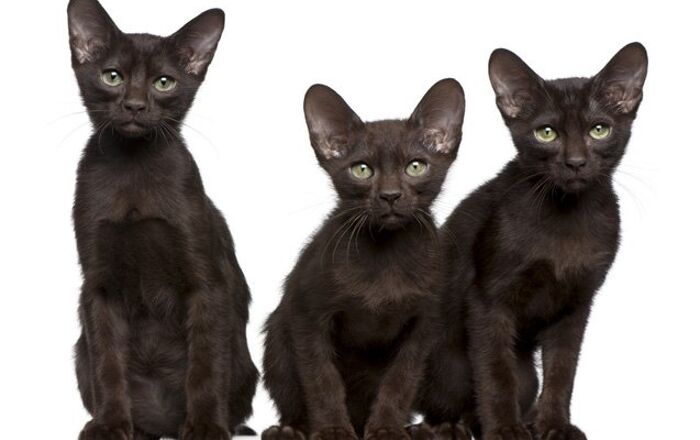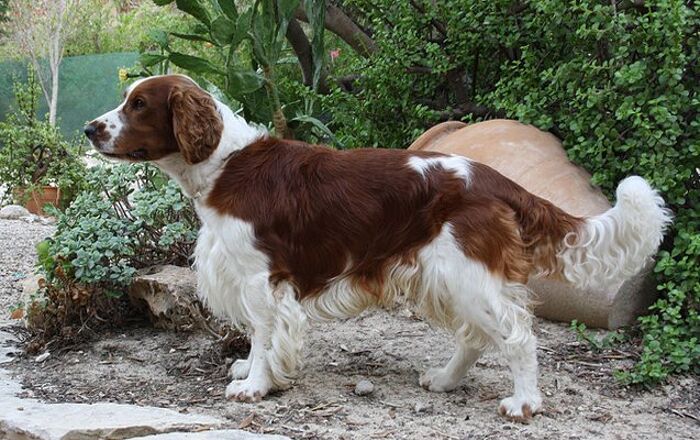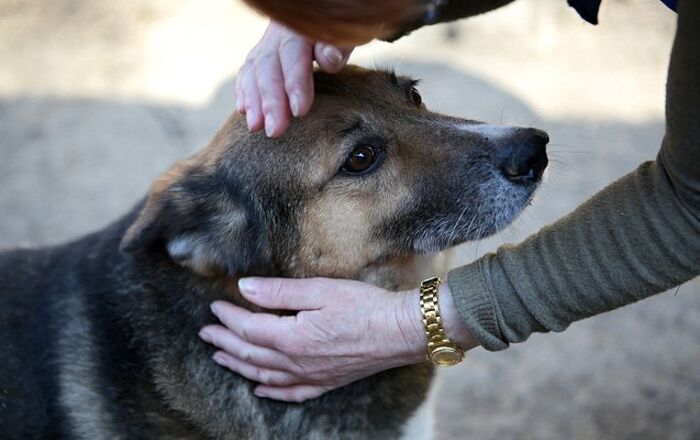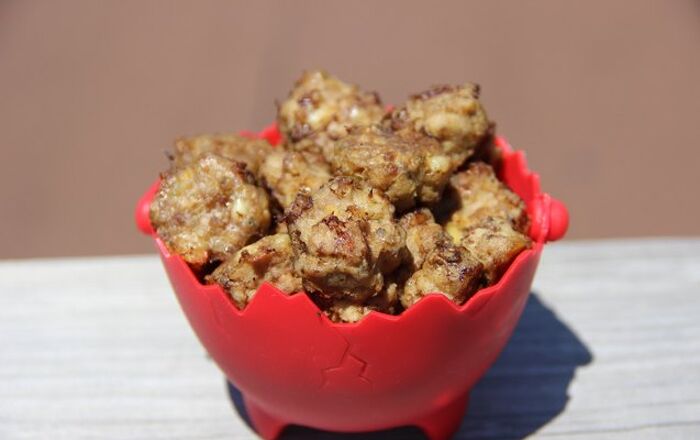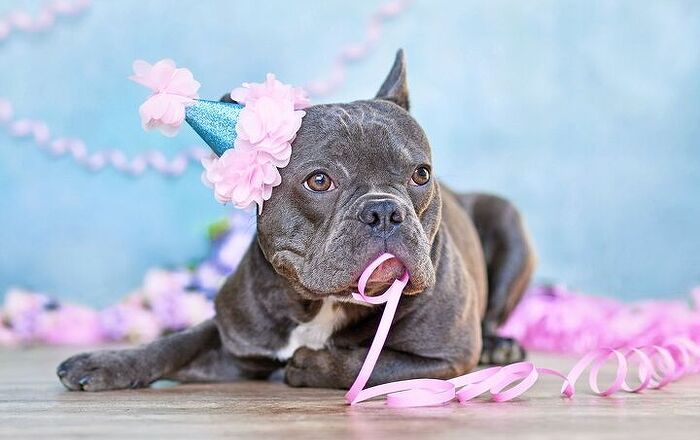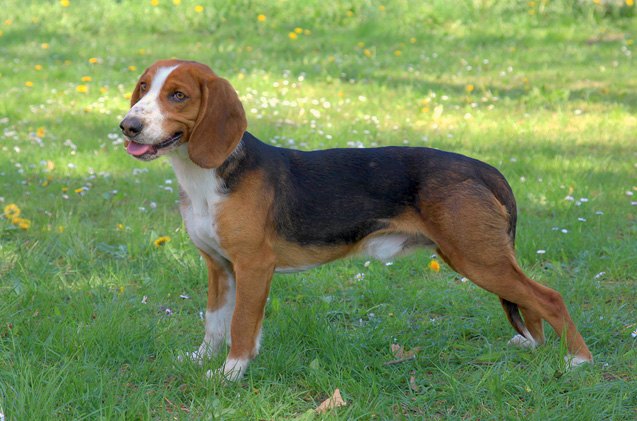
Deutsche Bracke Basics
The Deutsche Bracke is a scenthound, so you shouldn’t be surprised to see its long tail and tricolor coat. Compared to other scenthound breeds, however, the Deutsche Bracke has a few unique qualities. Dogs of the Bracke type are known for having narrow heads and long ears – they are also known for their exceptional obedience and their aptitude as running hounds.
The Deutsche Bracke is a scenthound that is known for its exceptional obedience.
Origin
The origins of the Deutsche Bracke can be traced back to the 18th century in Germany, specifically a region called Westphalia. The Bracke is an ancient hound-type dog known for its narrow head and long ears – these traits may have been influenced by early crosses with Greyhounds or ancient Celtic hounds. The Deutschen Bracken Club was formed in 1896 in support of all local Bracke dogs but all the old breeds were merged in 1900 under the name of Deutsche Bracke. Today there are only two types of Bracke dogs – the Deutsche Bracke and the Westphalian Dachsbracke, a breed that was developed from the Deutsche Bracke.
Pedigree
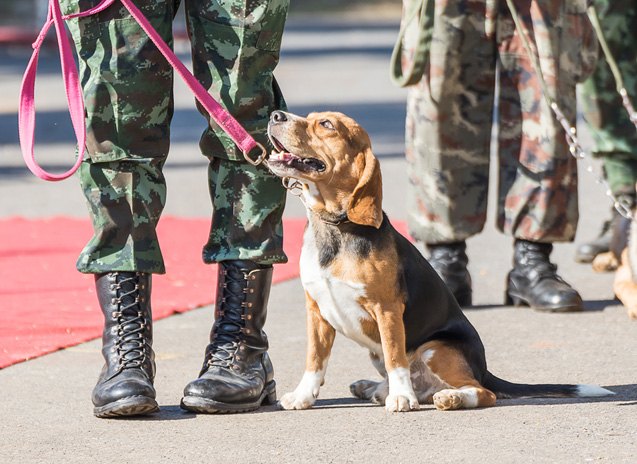
The Deutsche Bracke is an ancient hound-type dog descended from old Bracke types in Germany. All of the old breeds were merged under the same name in 1900.
Food/Diet
As a medium-breed dog, the Deutsche Bracke should be fed a high-quality dry food formulated for medium-sized breeds. The Bracke is also a hunting breed, so he may respond well to an active or working breed formula. You still need to be careful about overfeeding, however, to prevent obesity.
As a hunting breed, the Deutsche Bracke responds well to direction.
Training
As a hunting breed, the Deutsche Bracke responds well to direction – this breed is naturally submissive and obedient to his owner. These dogs love to spend time with their owners and they thrive on strong leadership. The Bracke is a highly intelligent breed as well, which makes training even easier, but he isn’t stubborn like some hunting breeds. This breed does well as a guard dog or watch dog because he is alert and attentive at all times – he won’t hesitate to bark at a stranger. This breed does especially well when trained for hunting because he has a strong nose and a love for the outdoors.
Weight
The Deutsche Bracke is a medium-sized dog, standing 21 to 26 inches tall and weighing anywhere from 35 to 40 pounds at maturity.
Temperament/Behavior
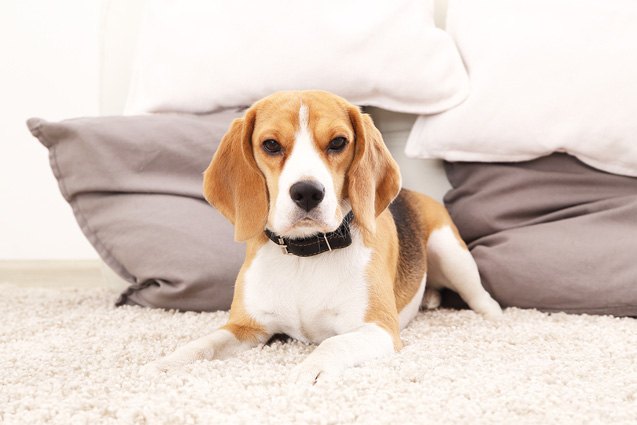
Though the Deutsche Bracke was developed as a hunting breed, he also does remarkably well as a family pet. Unlike some scenthounds who prefer the company of other dogs over humans, this breed is loving and affectionate with family – they need plenty of attention and human interaction. The Bracke is an obedient breed and tends to be submissive to his owner and he is always kind to children. This dog does require early socialization and training, but he generally gets along well with other dogs as well as other household pets. He makes a good watchdog and guard dog as well.
Common Health Problems
The Deutsche Bracke is generally a healthy breed, though his average lifespan of 10 to 12 years is a little short for a dog of his size. This breed is prone to several health problems including hip dysplasia and a number of eye problems including cataracts, glaucoma, and progressive retinal atrophy. This breed also has a sensitivity to anesthesia and a risk for bloat.
Life Expectancy
The average lifespan for the Deutsche Bracke is between 10 and 12 years.
Exercise Requirements
As a hunting breed, the Deutsche Bracke has fairly high energy levels and a significant need for daily exercise. These dogs are not hyperactive, but they do have a lot of energy to burn and they don’t like to stay idle. This breed does well with a long daily walk as well as extra time to run and play in a fenced yard.
Though the Deutsche Bracke is a hunting breed, he also does remarkably well as a family pet.
AKC
The Deutsche Bracke is not currently recognized by the AKC but it has been classified in the Scenthound group by the UKC and the Scenthound group (Group 6) by the FCI.
Coat
The Deutsche Bracke has a short, fine coat that doesn’t require much in the way of maintenance except for occasional brushing. Many Bracke dogs exhibit a tricolor coat of red to yellow color with a blank mantle and white markings. These markings are known as Bracken marks and they appear on the dog’s muzzle, chest, legs, collar, forehead, and the tip of the tail.
Puppies
The average litter size for the Deutsche Bracke is 4 to 8 puppies. Bracke puppies grow fairly quickly and they need to be started with socialization and training from an early age, especially if you plan to use the dog for hunting. Puppies respond well to a firm and consistent hand in training and positive reinforcement works well.
Photo credit: CaptureLight/Bigstock; stoonn/Bigstock; PixieMe/Bigstock


